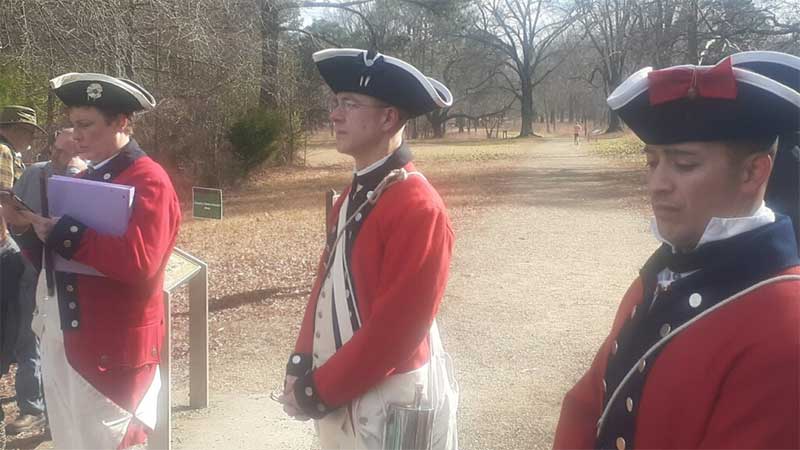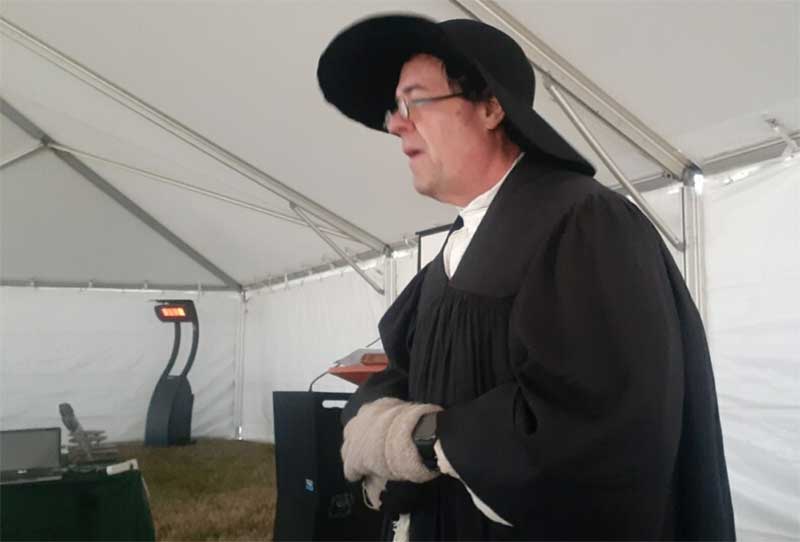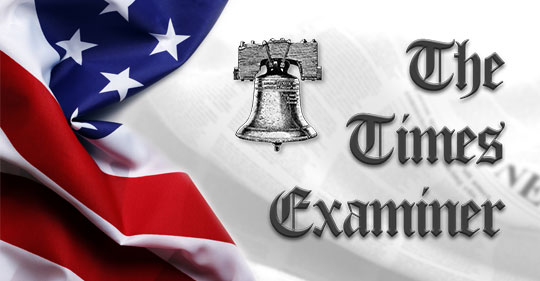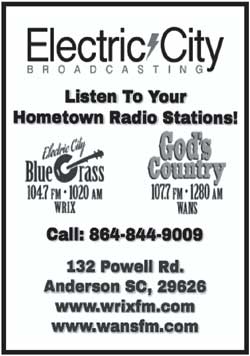
244 years ago the Redcoats under the command of Lieutenant Colonel Banastre Tarleton got their comeuppance at an out-of-the-way backwoods cattle holding area in northeastern South Carolina known as the Cowpens.
The feisty Daniel Morgan, already a Patriot hero, mounted a brilliant defense against some of Britain's finest troops using both militia and Continental soldiers.
Tarleton, who was used to rushing his cavalry right down the middle of opposing forces in previous battles and winning, did not deviate this time from his prior tactics. He did not expect the welcome that he received until it was too late.
Speaking of welcome, the Cowpens National Battlefield extended a warm welcome last weekend to visitors and reenactors alike to attend their annual commemoration of the battle.
Although no battle recreation took place, a number of reenactors in full uniform performed musket, cannon and cavalry demonstrations. Several tents were set up as part of a living history recreation as well. Some of the reenactors even slept in the tents on the cold Saturday night.
Additionally, several authors and experts on the battle in particular and the American Revolution in general spoke on a variety of topics under a big tent that offered a modicum of relief from the cold.
A previous commemoration where I had been present several years ago had been much better attended, with standing room only if you arrived late for the lecture. On this occasion, for each of the five lectures that I attended, I had the chair of my choice. The possibility of rain seems to have scared off some potential visitors. Nevertheless, this year's commemoration was every bit as enjoyable and informative as the previous one.
The Reverend William Martin was ably portrayed by a fully-costumed Robert Ryals. The Irish accent was a nice touch. Martin was a Patriot parson who had brought a multitude of fellow Presbyterian emigres from Britain to the colonies several years before the Revolution.
Although a non-combatant, Martin preached sermons advocating for independence. He was later captured by the enemy and ended up facing the judgment seat of General Charles Cornwallis, who decided to let him go instead of hanging him.
Melissa Walker spoke on the role that women played in the Revolution. We have all heard of Molly Pitcher and, for many of us in the Upstate, we are familiar with the exploits of the brave, young Dicey Langston. However, a number of women throughout the colonies played their part to help their fellow Patriots to win American independence. Other women supported the Tory side.

The long-dead Andrew Pickens, after whom Pickens County is named, was brought to life by Clemson history professor Rod Andrew, author of The Life and Times of General Andrew Pickens: Revolutionary War Hero, American Founder.
Andrew Waters discussed in detail the failure at Cowpens of 'Bloody Ban', which was Tarleton's derogatory nom de guerre bestowed upon him by the Patriots. He explained how Morgan turned Tarleton's usual charge-up-the-middle tactics against him.
Manley Roberts exhorted his audience to sing along with him as he introduced to them the world of Revolutionary War music, which consisted of much more than 'Yankee Doodle Dandy', which, Roberts explained, had been written by the British to show their contempt for the colonists. The Patriots, however, turned the ditty around on the British and sung it proudly as a badge of honor.
Roberts also explained the importance of the drummer in the war and how different drum roll patterns meant different orders for the soldiers, such as turn left or turn right or stop.

Getting back to the battle, Morgan had set up three lines of defense ahead of time. The front line, consisting of militia, was to fire two musket volleys at the oncoming Redcoats and then fall back, feigning a retreat. This feigned retreat served to lure the British further into Morgan's trap.
The second line of militia also fell back after their volley. Soon, the British were staring down the musket barrels of several hundred Continental soldiers. By this time, the 'retreating militia had regrouped and enveloped the now panicking British on either side.
Within an hour the battle was over and Bloody Ban was skedaddling it on his faithful steed as fast as lightning. The battle was crucial in convincing Cornwallis to alter his strategy in the Carolinas, forcing him into North Carolina and then later that year into Virginia, where George Washington and his French allies bottled him up at Yorktown and sent him packing back to jolly ole England.
The Battle of Cowpens served as partial inspiration for the Mel Gibson classic, The Patriot, especially the climactic battle near the end of the movie.
















